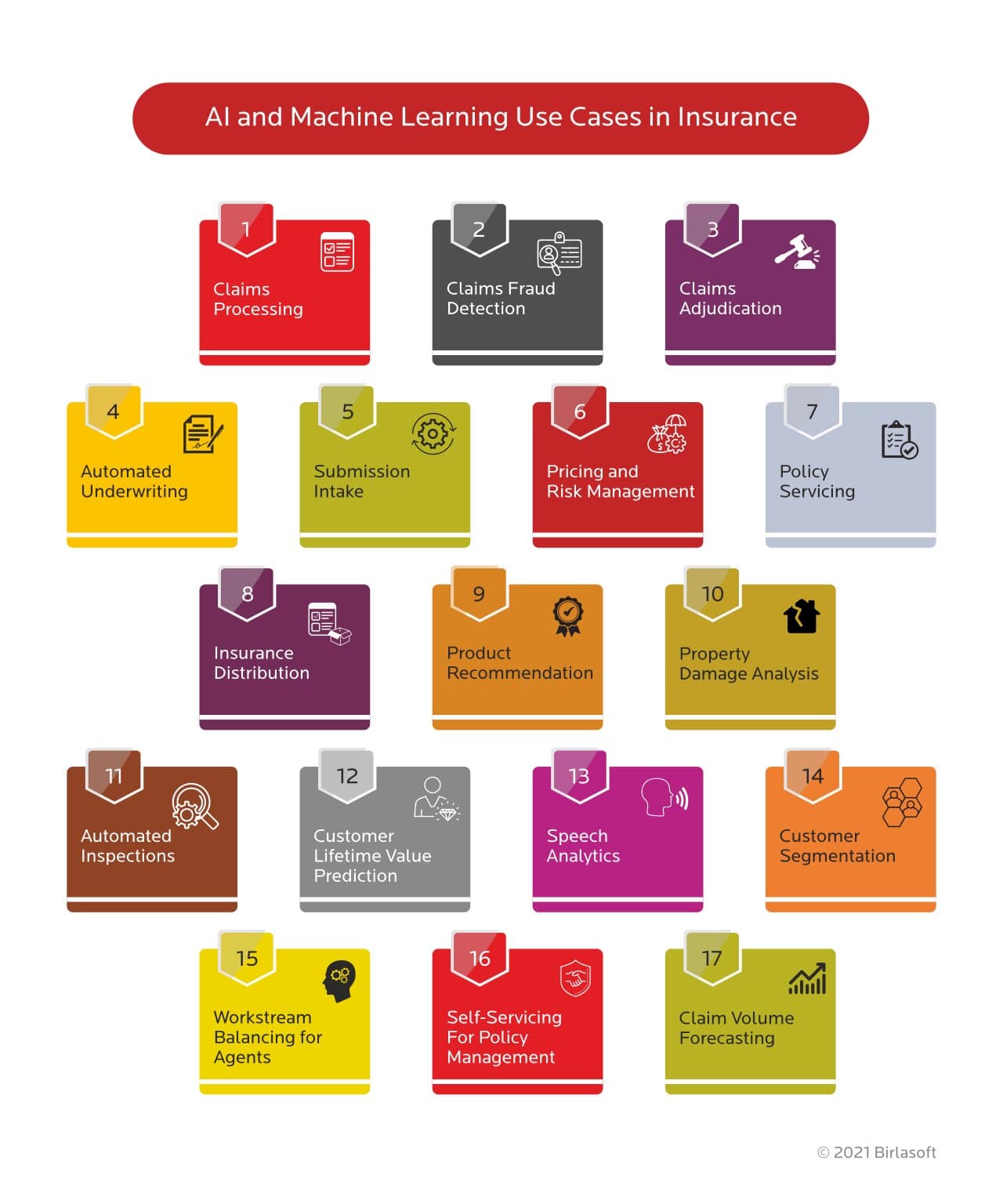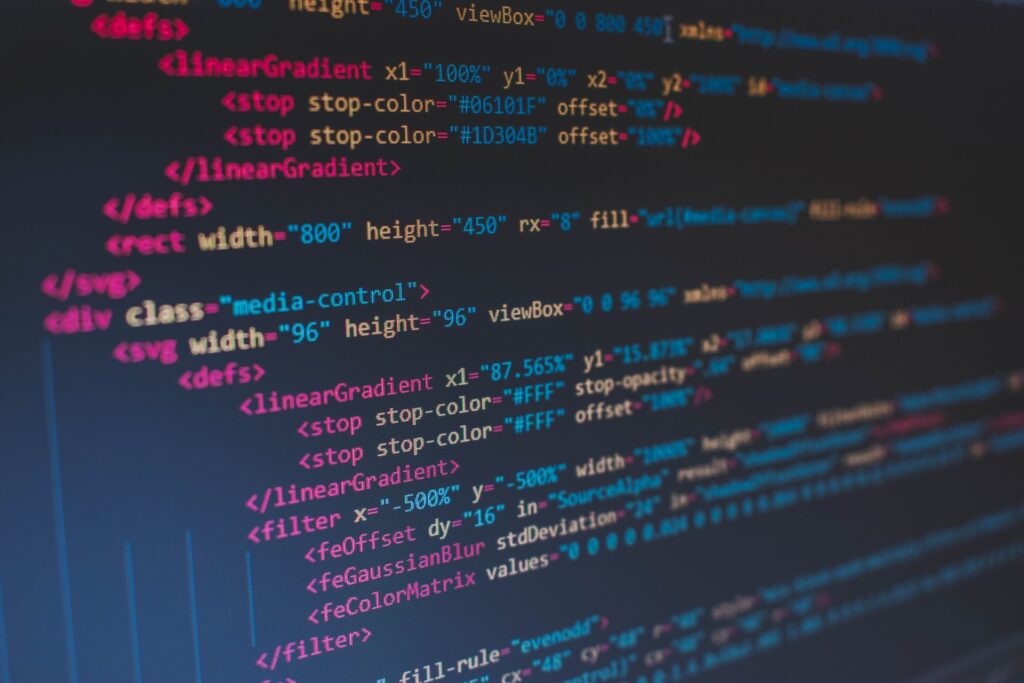
Generational Adversarial Networks, or GANs, are great resources for anyone interested in generative modelling. But how do GANs actually work? What are the issues? How can we use GANs with PyTorch The following article explores GANs in generative modeling and how to implement them. This article can help regardless of whether you are new to GANs, or have some experience with them.
Generational adversarial network (GANs).
Generational adversarial Networks (GAN) is an artificial neural network that can generate worlds that are remarkably close to ours. These neural network can be used in a wide range of AI and data science applications. They are generative models, which use unsupervised learning to learn data distributions. Their main purpose is to determine the true distributions of data and then generate new data points from that information.
Two competing processes make up the basic architecture of a GAN. They are the generator and discriminator. The discriminator performs a classification task based on samples from the training dataset. The MNIST database is used to train the discriminator. Its output, D(x), is a probability that a sample was generated from the training dataset.

They have achieved great success in generative models
GAN has been a promising candidate for generative modelling applications. This artificial intelligence method uses a latent space representation of a dataset and produces new images and photographs based on the input. In this way, the generated output can be visually assessed and used to train generative models. GAN's performance in generative modeling applications is not guaranteed by its ability to assess the output. In fact, one of GAN's greatest limitations is that it is not capable of understanding 3-d images.
GAN models can be improved by training them with data that matches the original. Noise can fool machine learning algorithms, and GANs are built to generate fake results that are similar to the original. This process can be useful for image-to-text translation, image-to-video conversion, and style transfer, to name a few. GAN models may even be used to colorize photographs in certain cases.
GANs and Problems
GANs are susceptible to many issues, but the most important is mode collapsing. Mode collapse may occur when the Generator is unable to generate numbers that are different from zero or when the model can only learn a subset of modes. There are several reasons why mode collapse occurs, and solutions are available. This article will address three issues that are common with GANs as well as how to avoid them. These are some of the tips that can be used to address these problems.
Mode Collapse. During the training process, a GAN can produce a large variety of outputs. Mode collapse can happen when the generator produces only one type output. This could be due to problems in training or the generator finding one data set easy to fool. This is where it becomes necessary to modify the training process. A generator could be trained using fake data, but discriminators would still need to learn from actual data.

These are then implemented in PyTorch
GAN (Geographical Automated Networking) is an advanced algorithm for machine learning. Python is the language of preference because it is simple to use and transparent. PyTorch uses Matplotlib to create plots. Jupyter Notebook provides an interactive environment to run Python code. Here are some helpful tips to get you started with Python, GANs and other programming languages. The beginners' guide provides a detailed introduction to GANs.
The generative antagonist network (GAN), uses two neural systems to simulate real data and generate synthetic examples from real ones. GAN architecture is an effective machine learning technique that can produce fake photos. GAN, an open-source deeplearning framework, is available in PyTorch. It includes all the necessary building blocks to create GAN network. It includes fully-connected neural networks, convolutional and training layers, as well as convolutional layers.
FAQ
Which countries lead the AI market and why?
China has the largest global Artificial Intelligence Market with more that $2 billion in revenue. China's AI industry is led in part by Baidu, Tencent Holdings Ltd. and Tencent Holdings Ltd. as well as Huawei Technologies Co. Ltd. and Xiaomi Technology Inc.
The Chinese government has invested heavily in AI development. The Chinese government has established several research centres to enhance AI capabilities. The National Laboratory of Pattern Recognition is one of these centers. Another center is the State Key Lab of Virtual Reality Technology and Systems and the State Key Laboratory of Software Development Environment.
China is home to many of the biggest companies around the globe, such as Baidu, Tencent, Tencent, Baidu, and Xiaomi. All of these companies are working hard to create their own AI solutions.
India is another country that has made significant progress in developing AI and related technology. India's government is currently focusing its efforts on developing a robust AI ecosystem.
Is there another technology which can compete with AI
Yes, but not yet. There have been many technologies developed to solve specific problems. All of them cannot match the speed or accuracy that AI offers.
How does AI work
An algorithm is a set or instructions that tells the computer how to solve a particular problem. An algorithm can be expressed as a series of steps. Each step has a condition that dictates when it should be executed. The computer executes each step sequentially until all conditions meet. This is repeated until the final result can be achieved.
Let's take, for example, the square root of 5. You could write down every single number between 1 and 10, calculate the square root for each one, and then take the average. You could instead use the following formula to write down:
sqrt(x) x^0.5
This will tell you to square the input then divide it twice and multiply it by 2.
The same principle is followed by a computer. It takes the input and divides it. Then, it multiplies that number by 0.5. Finally, it outputs its answer.
Which are some examples for AI applications?
AI can be applied in many areas such as finance, healthcare manufacturing, transportation, energy and education. Here are a few examples.
-
Finance - AI has already helped banks detect fraud. AI can identify suspicious activity by scanning millions of transactions daily.
-
Healthcare – AI is used in healthcare to detect cancerous cells and recommend treatment options.
-
Manufacturing - AI is used to increase efficiency in factories and reduce costs.
-
Transportation - Self-driving cars have been tested successfully in California. They are now being trialed across the world.
-
Utilities use AI to monitor patterns of power consumption.
-
Education - AI is being used in education. Students can, for example, interact with robots using their smartphones.
-
Government – Artificial intelligence is being used within the government to track terrorists and criminals.
-
Law Enforcement – AI is being used in police investigations. The databases can contain thousands of hours' worth of CCTV footage that detectives can search.
-
Defense - AI can both be used offensively and defensively. An AI system can be used to hack into enemy systems. Protect military bases from cyber attacks with AI.
Is Alexa an artificial intelligence?
The answer is yes. But not quite yet.
Amazon's Alexa voice service is cloud-based. It allows users speak to interact with other devices.
The Echo smart speaker, which first featured Alexa technology, was released. Other companies have since created their own versions with similar technology.
Some examples include Google Home (Apple's Siri), and Microsoft's Cortana.
Is AI good or bad?
AI is seen both positively and negatively. It allows us to accomplish things more quickly than ever before, which is a positive aspect. Programming programs that can perform word processing and spreadsheets is now much easier than ever. Instead, we can ask our computers to perform these functions.
People fear that AI may replace humans. Many believe robots will one day surpass their creators in intelligence. This means they could take over jobs.
Statistics
- The company's AI team trained an image recognition model to 85 percent accuracy using billions of public Instagram photos tagged with hashtags. (builtin.com)
- Additionally, keeping in mind the current crisis, the AI is designed in a manner where it reduces the carbon footprint by 20-40%. (analyticsinsight.net)
- In 2019, AI adoption among large companies increased by 47% compared to 2018, according to the latest Artificial IntelligenceIndex report. (marsner.com)
- A 2021 Pew Research survey revealed that 37 percent of respondents who are more concerned than excited about AI had concerns including job loss, privacy, and AI's potential to “surpass human skills.” (builtin.com)
- In the first half of 2017, the company discovered and banned 300,000 terrorist-linked accounts, 95 percent of which were found by non-human, artificially intelligent machines. (builtin.com)
External Links
How To
How to set up Amazon Echo Dot
Amazon Echo Dot (small device) connects with your Wi-Fi network. You can use voice commands to control smart devices such as fans, thermostats, lights, and thermostats. To start listening to music and news, you can simply say "Alexa". You can ask questions, make calls, send messages, add calendar events, play games, read the news, get driving directions, order food from restaurants, find nearby businesses, check traffic conditions, and much more. Bluetooth headphones or Bluetooth speakers can be used in conjunction with the device. This allows you to enjoy music from anywhere in the house.
Your Alexa-enabled device can be connected to your TV using an HDMI cable, or wireless adapter. You can use the Echo Dot with multiple TVs by purchasing one wireless adapter. You can pair multiple Echos simultaneously, so they work together even when they aren't physically next to each other.
These are the steps you need to follow in order to set-up your Echo Dot.
-
Turn off your Echo Dot.
-
Connect your Echo Dot to your Wi-Fi router using its built-in Ethernet port. Make sure that the power switch is off.
-
Open the Alexa app for your tablet or phone.
-
Select Echo Dot in the list.
-
Select Add New Device.
-
Select Echo Dot (from the drop-down) from the list.
-
Follow the on-screen instructions.
-
When prompted, type the name you wish to give your Echo Dot.
-
Tap Allow access.
-
Wait until your Echo Dot is successfully connected to Wi-Fi.
-
This process should be repeated for all Echo Dots that you intend to use.
-
Enjoy hands-free convenience